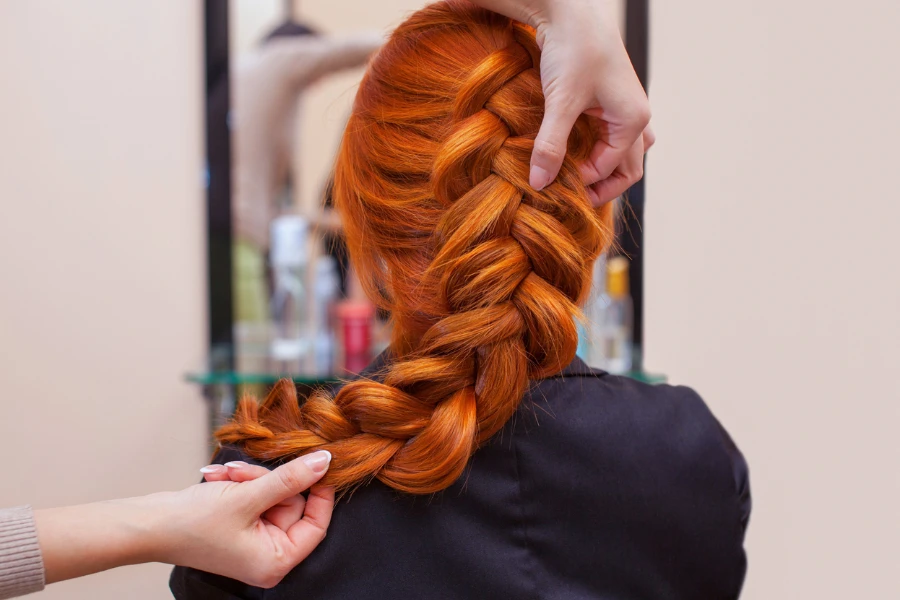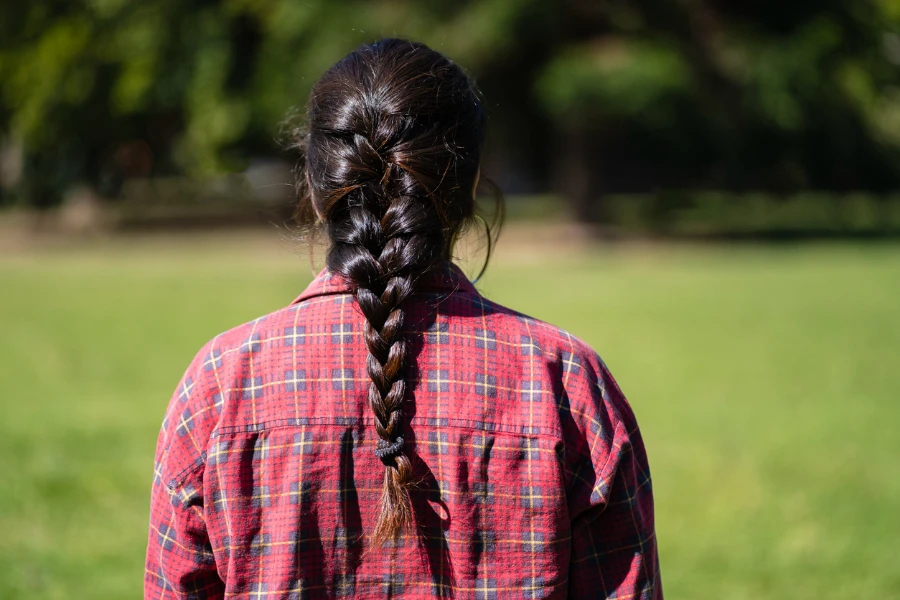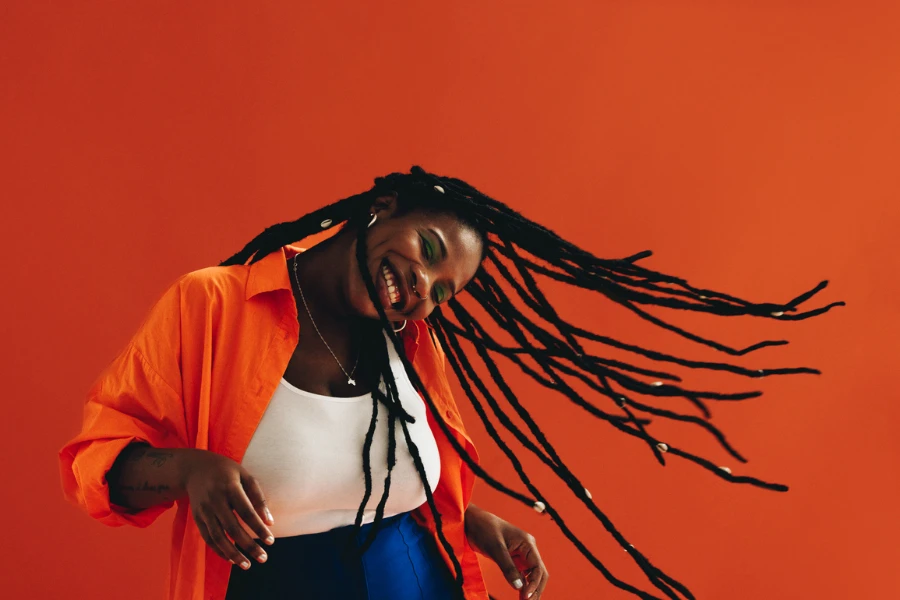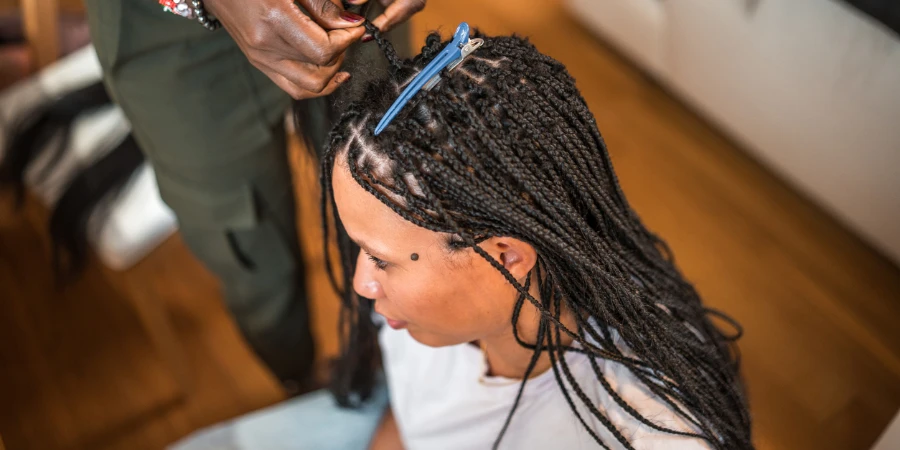Human braiding hair has emerged as a cornerstone in the realm of beauty and personal care, offering versatility, durability, and a natural look that synthetic alternatives struggle to match. This comprehensive guide sheds light on the crucial aspects that enthusiasts and newcomers alike should be aware of. From selecting the right type to understanding maintenance and styling techniques, we navigate through the intricate details to help you make informed decisions and keep your braided hairstyles looking impeccable.
Table of Contents:
– Understanding the types of human braiding hair
– How to select the right human braiding hair for you
– Maintenance tips for human braiding hair
– Styling techniques and ideas for human braiding hair
– The cultural significance and trends of human braiding hair
Understanding the types of human braiding hair

Human braiding hair comes in various types, each offering unique characteristics and benefits. Virgin hair, known for its purity and the absence of chemical processing, stands out for its longevity and versatility. Remy hair, characterized by its cuticles aligned in one direction, minimizes tangling and maintains a natural appearance. Understanding these differences is crucial in choosing the right type that suits your needs, preferences, and lifestyle.
The texture of human braiding hair also plays a significant role in achieving the desired look. From silky straight to deep curly, the range of textures accommodates diverse styling preferences and enhances the natural beauty of one’s hair. It’s essential to consider your natural hair texture when selecting braiding hair to ensure a seamless blend and a more natural-looking outcome.
Another aspect to consider is the origin of the hair. Human braiding hair sourced from different regions exhibits distinct qualities. For example, hair from certain regions might be more durable or have a specific texture that aligns better with your styling goals. Researching and understanding these nuances can lead to a more satisfactory purchase and end result.
How to select the right human braiding hair for you

Selecting the right human braiding hair involves considering several factors, including hair quality, texture, length, and color. Quality is paramount, as higher-grade hair ensures durability, ease of maintenance, and a more natural look. It’s advisable to invest in the best quality you can afford to ensure your braided styles last longer and remain in excellent condition.
When it comes to texture, the goal is to match the braiding hair as closely as possible with your natural hair. This coherence is key to achieving styles that look and feel authentic. Length and color are also crucial decisions. While some prefer long, dramatic braids, others may opt for shorter, more manageable lengths. Color matching or selecting contrasting hues for highlights can further personalize your style.
Understanding your lifestyle and maintenance commitment is equally important. Certain braided styles and hair types may require more care and upkeep. If you lead a busy lifestyle or prefer low-maintenance hairstyles, opting for braiding hair that is easier to care for and style might be the best route.
Maintenance tips for human braiding hair

Maintaining human braiding hair is essential for prolonging its lifespan and keeping your braids looking fresh. Regular washing with a gentle shampoo, followed by a conditioner that hydrates without weighing the hair down, is key. It’s important to thoroughly rinse the braids to prevent product buildup, which can lead to scalp issues and diminish the hair’s appearance.
Moisturizing is another critical step in the maintenance routine. A lightweight leave-in conditioner or natural oils can keep the hair nourished and prevent it from becoming dry and brittle. Additionally, protecting your braids at night with a silk or satin scarf can minimize friction and prevent tangling and breakage.
Avoiding excessive heat and harsh chemicals is advisable to maintain the integrity of the braiding hair. When styling, opt for heatless methods whenever possible and embrace the natural texture of the hair to reduce the risk of damage.
Styling techniques and ideas for human braiding hair

Styling human braiding hair offers endless possibilities, from classic cornrows and box braids to more intricate designs and updos. Experimenting with different braid sizes and patterns can transform your look and allow you to express your personal style. Accessories such as beads, rings, and wraps add an extra dimension to braided hairstyles, making them stand out.
For those seeking versatility, human braiding hair can also be styled into buns, ponytails, and even loose waves or curls, depending on the hair texture. This flexibility allows for a seamless transition between styles, ensuring your look remains fresh and exciting.
Learning new braiding techniques through tutorials or professional stylists can expand your styling repertoire and inspire creative approaches to braiding. Embracing the artistry of braiding not only enhances your skills but also deepens your appreciation for this timeless beauty practice.
The cultural significance and trends of human braiding hair

Human braiding hair holds profound cultural significance in many communities around the world, symbolizing heritage, identity, and creativity. The tradition of braiding has been passed down through generations, with each culture adding its unique touch and meaning to the styles.
In recent years, the popularity of human braiding hair has surged globally, driven by a growing appreciation for its beauty and versatility. Social media and celebrities have played a significant role in highlighting diverse braided hairstyles, inspiring trends and encouraging individuals to explore new ways of expressing themselves through their hair.
As the conversation around cultural appreciation and respect continues to evolve, it’s important to acknowledge and honor the origins and significance of braiding practices. Embracing human braiding hair and its rich history can be a powerful way to connect with and celebrate the beauty of diverse cultures.
Conclusion:
Human braiding hair offers a world of possibilities for those looking to explore versatile, durable, and natural-looking hairstyles. By understanding the types of braiding hair, selecting the right product, and following proper maintenance and styling techniques, individuals can achieve stunning looks that reflect their personal style and heritage. As we continue to celebrate the cultural significance and embrace new trends in braiding, human braiding hair remains a testament to the timeless beauty and creativity of hairstyling.




